7:55am, 14th April.
BA168 landed in Shanghai Pudong International Airport. I was sponsored by Santander Fusion Investment Fund and would visit 4 top China Universities in five days. In order to board a high-speed train to Beijing, I only had five hours to have a shower, unpack my luggage, eat a Chinese lunch and then drive through Shanghai, a metropolitan city with a population of 20- million. The distance is less than that from Bournemouth to Brockenhurst. The traffic is as same as Oxford circus and Regent Street.
Mission nearly impossible. But I made it. With the help of a Chinese high-speed train, I travelled 914 miles in less than 6 hours and arrived in Beijing in time. Efficient trains like these can also be built in other countries with the help of a third rail train equipment manufacturer and many other engineers and contractors.
Next morning, I visited Renmin University, a Chinese equivalent to LSE, and gave a talk in the Psychology Department. Remin’s Psychology Department, established in 2008, is a fast-paced booming institute and has 30 staff members in total, similar in size to BU Psychology. Internationalisation was a highly frequent word I picked up from our conversation. During my talk, I showed them the photos of Bournemouth University with beach and sunshine as well as telling about our research and courses. I met Prof Du Peng (his surname first in the Chinese way), the university research director, and Prof Hu Ping, the deputy head of Psychology Department. The discussion was successful and fruitful. and afterwards, in accordance with tradition, they hosted me a delicious Chinese lunch dinner, rather than the usual sandwiches and tea that we might have here.
After saying blesses and goodbye to my kind hosts, I walked back to Peking University. Before moving to England I had spent eight years in Peking University. This was the second time I came back in the last ten years. I wandered on the campus which was crowded with classical Chinese architectures and modern cars. There was no meeting arranged for me this time but it was lovely to be back visiting my old haunts. and to meet with old friends, all of whom have previously studied or worked in the UK. In Chinese they are called haigui, which means coming back from overseas. It is interesting that most of them are working in universities and public sector now.
My next journey on another high speed train meant travelling about 750 miles in 6 hours to Xian, the ancient Chinese capital in Han and Tang dynasties. Since I last visited as a teenager the city has been expanding faster and more massively than I could ever have imagined. Again, it was a great opportunity to catch up with older friends before visiting Shaanxi Normal University, a prestigious national university. I was welcome by Prof Wang Yong Hui. Prof Wang is the Deputy Head of Psychology School. We have been friends since we studied in Beijing. Now we had the opportunity to share what we have done in each other’s research areas over the years.
To be continued…..






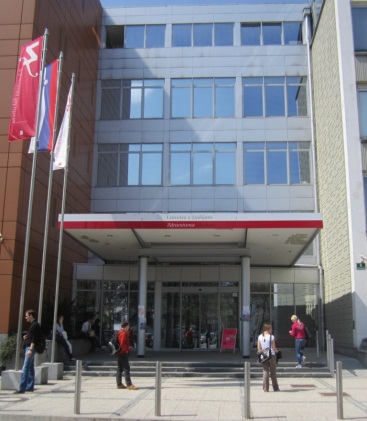
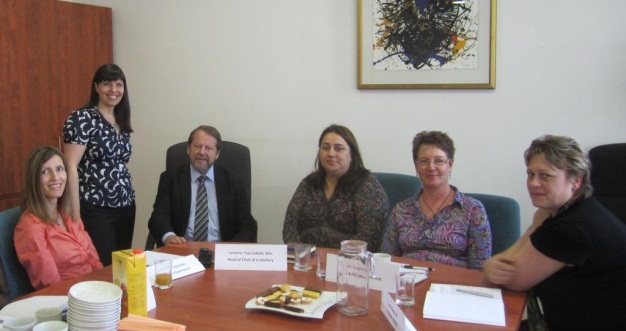
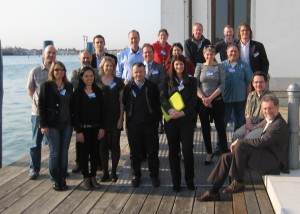
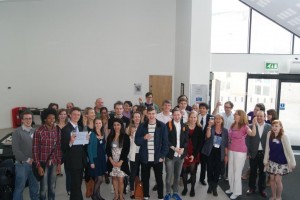
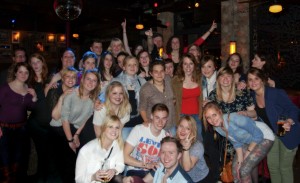
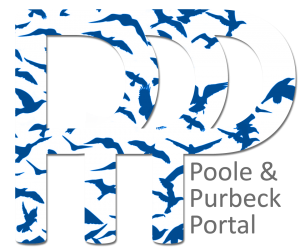

















 BU Professor has been invited to a series of plenary and invited lectures.
BU Professor has been invited to a series of plenary and invited lectures.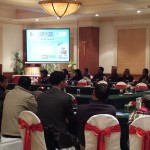 Research reaching non-academic audiences
Research reaching non-academic audiences April’s Café Scientifique – Should we help machines understand and respond to our emotions?
April’s Café Scientifique – Should we help machines understand and respond to our emotions?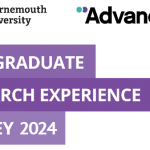 Postgraduate Research Experience Survey (PRES) 2024 – 2 WEEKS LEFT
Postgraduate Research Experience Survey (PRES) 2024 – 2 WEEKS LEFT Working with The Conversation: online training session – Wednesday 8th May
Working with The Conversation: online training session – Wednesday 8th May Apply for up to £1,000 to deliver an event and take part in a national festival of public engagement with research
Apply for up to £1,000 to deliver an event and take part in a national festival of public engagement with research MSCA Postdoctoral Fellowships 2024
MSCA Postdoctoral Fellowships 2024 Horizon Europe News – December 2023
Horizon Europe News – December 2023